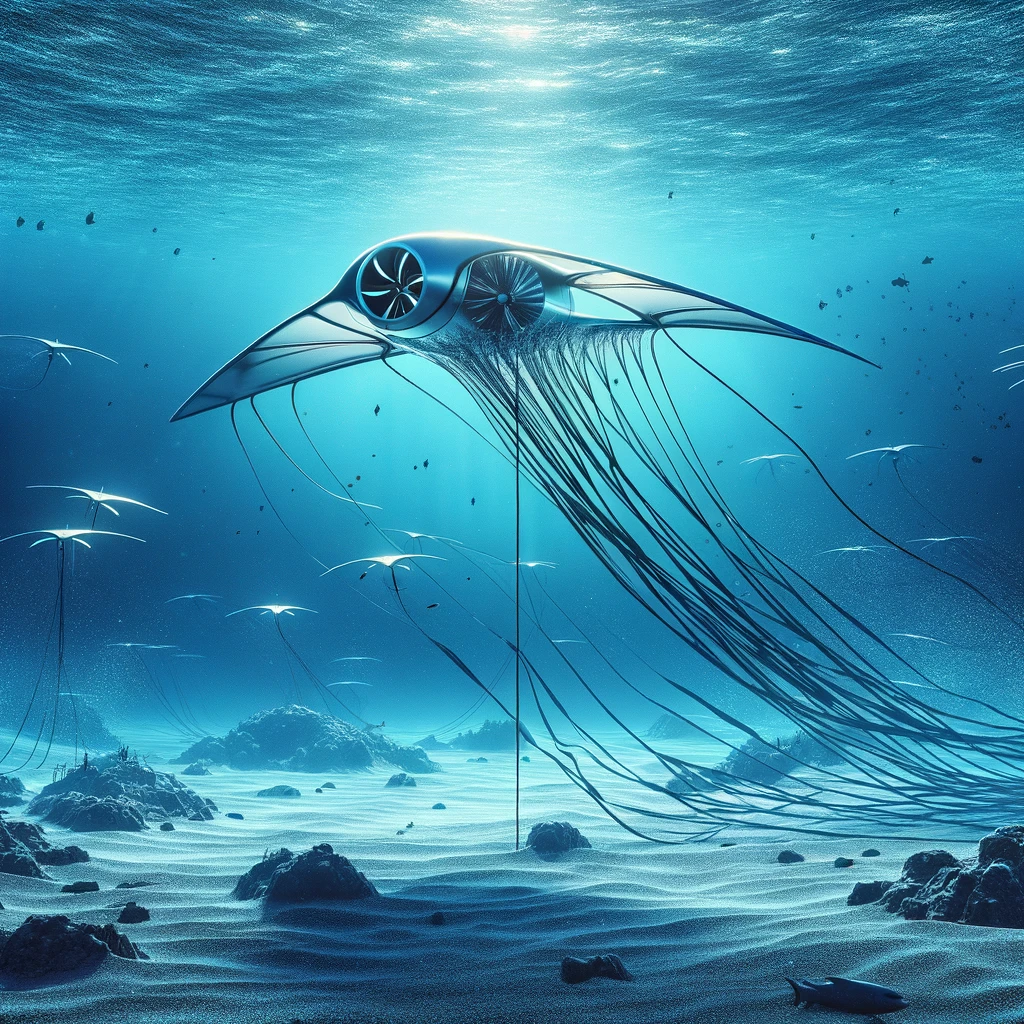News
1. OpenAI
OpenAI introduced new features for ChatGPT, including memory capabilities that allow it to remember user preferences and past interactions, enhancing personalized conversations. Additionally, they implemented new controls for users to manage and delete stored information, improving privacy and customization of the user experience (OpenAI).
OpenAI introduces Sora, a text-to-video model designed to understand and simulate the physical world in motion, aiming to assist in solving real-world interaction problems. Sora can generate videos up to a minute long with high visual quality and adherence to prompts, and is currently being evaluated by red teamers and accessed by visual artists, designers, and filmmakers for feedback on its utility for creative professions (OpenAI).
2. Nvidia
NVIDIA’s Chat with RTX is a demo application that allows users to personalize a GPT large language model with their own content, such as documents, notes, and videos, for quick, contextually relevant answers using retrieval-augmented generation, TensorRT-LLM, and RTX acceleration. It runs locally on Windows RTX PCs or workstations, ensuring fast and secure results, and supports various file formats, including the ability to query YouTube playlist transcriptions (Nvidia).
3. Apple
Apple is reportedly planning to launch an AI tool capable of writing code, potentially within this year, aiming to assist iOS app developers and compete with Microsoft’s GitHub Copilot. Additionally, the company is working on integrating AI features into iPhone, iPad, and MacOS software updates, as well as developing tools for app testing and enhancing user experiences with AI-generated content (Business Insider).
4. Meta
Meta has unveiled a new AI model called Video Joint Embedding Predictive Architecture (V-JEPA), which learns from video rather than text, using a technique similar to the masking method used in training large language models (LLMs). This approach, spearheaded by Yann LeCun of Meta’s FAIR group, aims to develop AI that can understand and interpret the world more efficiently, potentially transforming AI training methods and advancing towards artificial general intelligence (Fast Company).
5. Alphabet
Google and Alphabet CEO Sundar Pichai announced the rollout of Gemini 1.5, a next-generation model that significantly enhances performance and introduces a breakthrough in long-context understanding, capable of processing up to 1 million tokens. This advancement allows for dramatic improvements in AI capabilities, including the ability to understand and analyze vast amounts of information across different modalities, making it more efficient and useful for developers and enterprise customers (Google Blog).
DeepMind has introduced the ‘Self-Discover’ prompting framework that significantly enhances the reasoning capabilities of large language models (LLMs), marking a major breakthrough in artificial intelligence research. This development promises to improve the performance of LLMs across a variety of complex tasks, potentially leading to more sophisticated and reliable AI systems capable of understanding and interacting with the world in more nuanced ways (AI News).
6. Tidal energy
Minesto, a leading ocean energy developer, has achieved a significant milestone by successfully commissioning the utility-scale tidal power plant Dragon 12, rated at 1.2 MW, which delivered electricity to the national grid in the Faroe Islands for the first time on February 9, 2024. The Dragon 12, a 12-meter wide and 28-ton heavy subsea kite that flies in an 8-shaped trajectory powered by tidal flow, represents a tenfold scale-up from its predecessor and offers competitive performance and cost levels for the development of large-scale commercial subsea parks of tidal power plants (Superinnovators).
7. AI to map methane leaks
A new satellite launching in March, a collaboration between the Environmental Defense Fund and Google, will use AI to create detailed global maps pinpointing methane leaks from oil and gas infrastructure to support emissions reduction efforts; however, experts caution that while the satellite’s data will improve awareness of emissions, getting companies and governments to actually address leaks identified will still prove challenging (MIT Tech Review).
8. Solar cell
Researchers at the Tokyo Institute of Technology and the Swiss Federal Institute of Technology have discovered that shining femtosecond laser light on tellurite glass transforms it into a semiconductor that can generate electrical current when exposed to light, potentially enabling windows to double as energy-generating surfaces. This breakthrough, which also suggests the possibility of integrating sensors into everyday objects, opens up new avenues for the use of tellurite glass in optoelectronics and energy applications, with further research needed to explore its full potential and scalability for industrial use (IEEE Spectrum).
9. Robotics
MagicLab has introduced MagicBot, a humanoid robot capable of performing tasks with remarkable dexterity, such as roasting marshmallows, executing magic tricks, and dancing. Revealed as a competitor to Boston Dynamics’ Atlas robot, MagicBot demonstrates exceptional balance and skill, including the ability to execute somersaults and neatly fold baby clothes, showcasing its potential for diverse applications (Interesting Engineering).
10. Security chip
The OpenTitan coalition has released the first commercial-grade, open-source hardware security chip, named Earl Grey, which incorporates a RISC-V based processor core along with built-in hardware security and cryptography modules. This achievement marks a significant advancement in the open hardware movement, offering a new methodology for silicon design that emphasizes transparency, security, and collaborative development, potentially transforming the Internet of Things (IoT) and other sectors by providing a template for future open-source hardware projects (IEEE Spectrum).
11. Dementia diagnosis
A large-scale study analyzing approximately 1,500 blood proteins has identified biomarkers that can predict the risk of developing dementia, including Alzheimer’s disease, up to 15 years before symptoms appear, offering hope for early diagnosis through blood tests. Researchers found that high levels of four specific proteins (GFAP, NEFL, GDF15, and LTBP2) in the blood are strongly associated with an increased risk of dementia, paving the way for potential early intervention and the development of disease-modifying therapies (Nature).
12. RNA-editing therapies
RNA-editing therapies, offering a safer and more flexible alternative to CRISPR genome editing, have recently made significant progress with the approval of clinical trials for treating genetic diseases. These therapies, which do not make permanent changes to the genome, leverage the body’s own mechanisms to correct or modify the RNA sequence, potentially allowing for the production of normal proteins and offering a promising new avenue for treating a wide range of diseases, including genetic disorders and cancer (Nature).
Articles
1. How environmental DNA is giving scientists a new way to understand our world (MIT Tech Review)
Environmental DNA (eDNA) allows scientists to extract genetic traces from soil, water, or air to identify or monitor organisms undetectable through direct observation, revolutionizing fields like ecology and conservation; however, while eDNA can complement traditional techniques, factors like contamination and lack of method standardization mean it may not fully replace boots-on-the-ground species surveys and collections.
2. 5 ways Arc browser makes browsing the web fun again (ZDNet)
The ZDNet article discusses how Arc, a web browser from The Browser Company, revitalizes web browsing with innovative features, despite initial skepticism from the author. It highlights five key aspects that make Arc stand out: Spaces for advanced tab management with thematic customization, a Favorites feature for easy access to frequently visited sites, a user-friendly UI reminiscent of Opera’s efficient layout, a versatile Library for managing downloads and notes, and Boosts to add fun and efficiency to browsing.
3. AI agents as a new distribution channel (Kojo)
Agent-driven commerce, as discussed by Kojo Osei, represents a paradigm shift in product distribution, where AI agents make unsupervised purchasing decisions on behalf of consumers, thereby changing the focus from convincing humans to buy to influencing their chosen AI agents. This emerging trend could level the playing field between startups and incumbents by optimizing products for AI agents, which are adept at discovering, evaluating, and purchasing products more efficiently than humans, potentially revolutionizing how products are marketed and sold.







